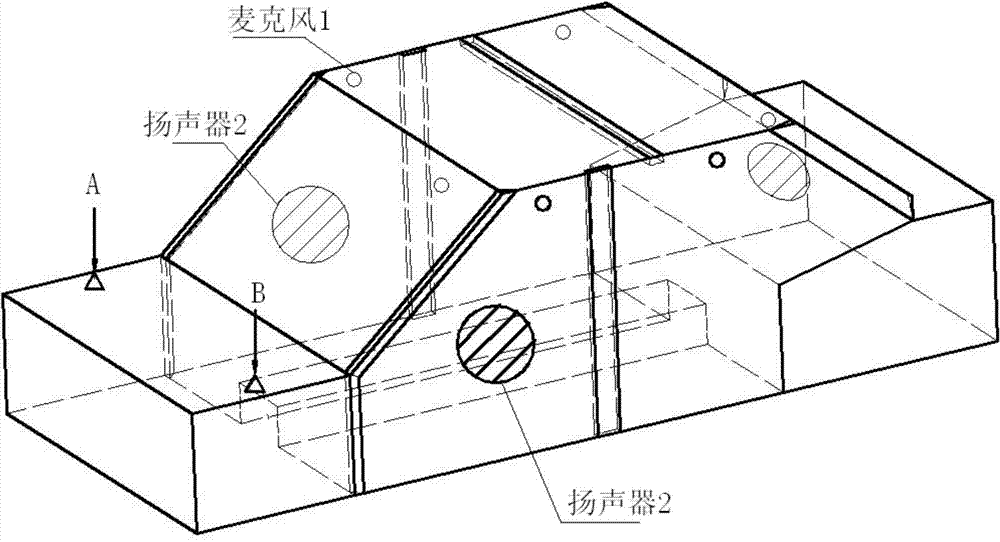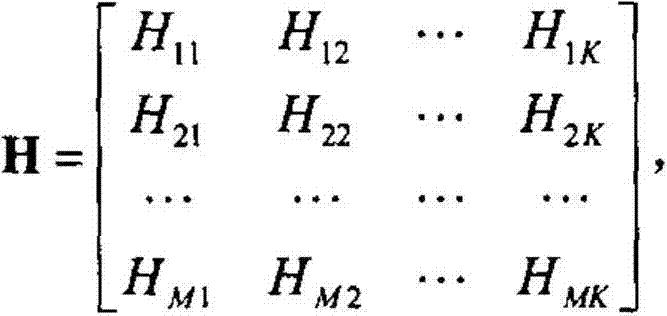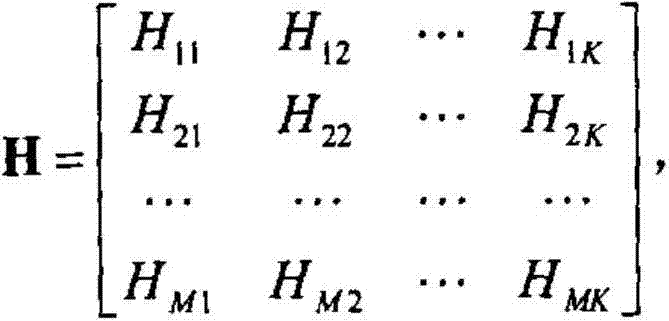Method for predicting denoising effect of active noise control system
An active noise control and noise reduction technology, applied in the direction of sound-emitting devices and instruments, can solve the problems of lack of test and simulation basis, and achieve the effect of resolving conflicting relationships
- Summary
- Abstract
- Description
- Claims
- Application Information
AI Technical Summary
Problems solved by technology
Method used
Image
Examples
Embodiment Construction
[0021] The present invention will be described in detail below in conjunction with the accompanying drawings and specific embodiments.
[0022] A method for predicting the noise reduction effect of an active noise control system, comprising the following steps:
[0023] (1) In the LMS Virtual.Lab software, establish the acoustic-solid coupling model of the vehicle body structure and the interior cavity, such as figure 1 shown;
[0024] (2) Set the hardware layout scheme of the active noise control system, arrange seven microphones 1 and three speakers 2 in the acoustic-solid coupling model, the microphones 1 are represented as field points at corresponding positions, and the speakers 2 Respectively expressed as the velocity boundary conditions of the boundary grid corresponding to the position;
[0025] (3) Obtain engine power incentives, and figure 1 The engine force excitation is applied at the positions A and B, and the steady-state responses of the field points correspo...
PUM
 Login to View More
Login to View More Abstract
Description
Claims
Application Information
 Login to View More
Login to View More - R&D
- Intellectual Property
- Life Sciences
- Materials
- Tech Scout
- Unparalleled Data Quality
- Higher Quality Content
- 60% Fewer Hallucinations
Browse by: Latest US Patents, China's latest patents, Technical Efficacy Thesaurus, Application Domain, Technology Topic, Popular Technical Reports.
© 2025 PatSnap. All rights reserved.Legal|Privacy policy|Modern Slavery Act Transparency Statement|Sitemap|About US| Contact US: help@patsnap.com



